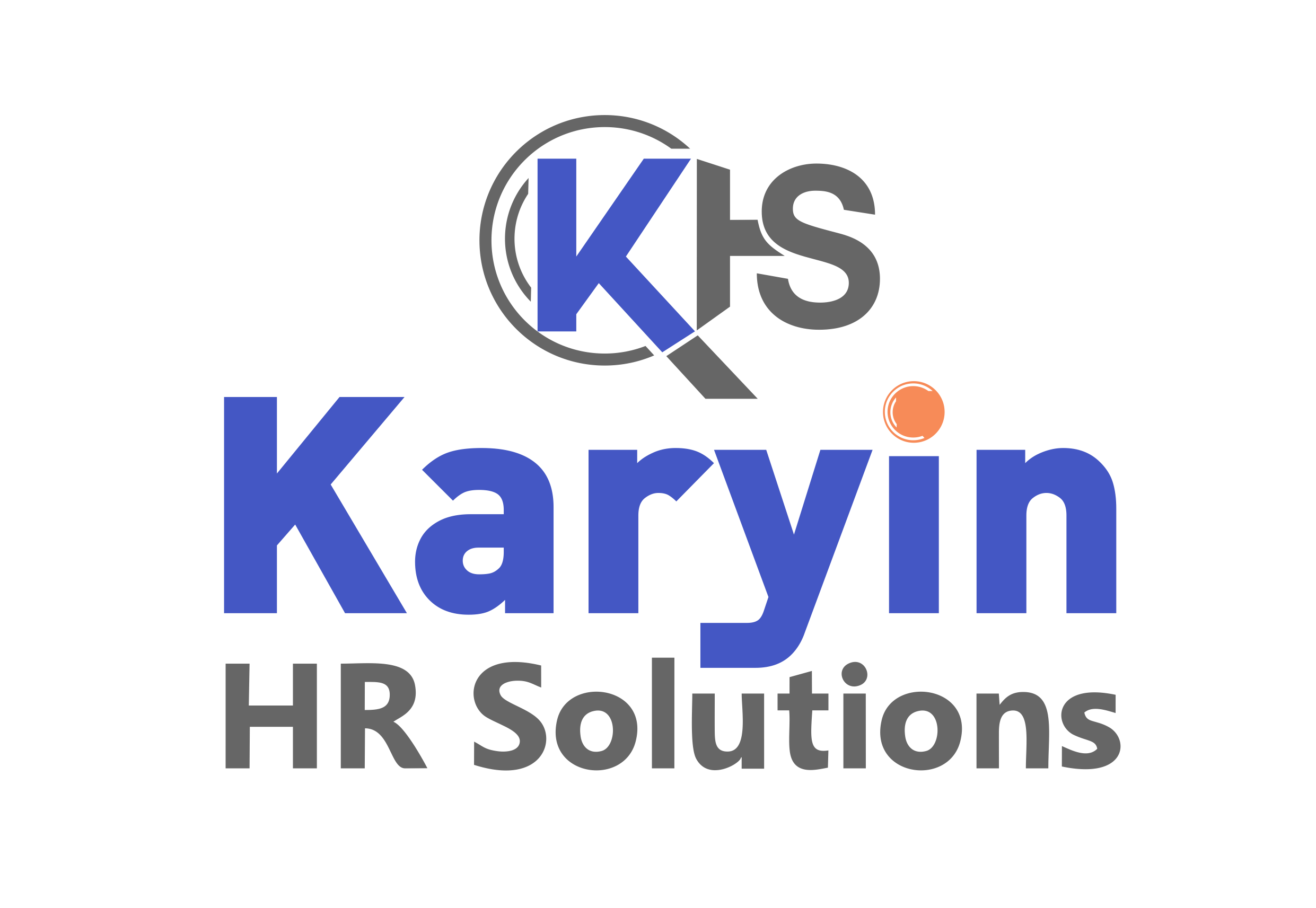No products in the cart.

The business landscape is evolving at an unprecedented pace. Technological advancements, shifting market dynamics, and changing customer preferences are forcing organizations to adapt quickly. To stay competitive, businesses must invest in their employees' growth and development through upskilling and reskilling.
What is Upskilling and Reskilling?
Upskilling involves enhancing an employee's current skill set to improve their performance in their current role. For example, teaching a customer service representative advanced problem-solving techniques.
Reskilling entails equipping employees with new skills to prepare them for different roles or functions within the organization. This is crucial when job roles evolve or become obsolete due to technological advancements or market shifts.
Why is Upskilling and Reskilling Important?
Employees with updated skills are more efficient and effective in their roles.
Investing in employee development shows a commitment to their growth and career progression, boosting morale.
A skilled workforce is more likely to generate new ideas and solutions.
Employees who feel valued and have opportunities to grow are more likely to stay with the company.
By developing a skilled workforce, organizations can adapt to changing market conditions and stay ahead of the competition.
Implementing an Effective Upskilling and Reskilling Program
Conduct a thorough skills assessment to determine the skills needed for current and future roles.
Foster a culture of continuous learning by encouraging employees to pursue development opportunities.
Provide a variety of learning formats, such as online courses, workshops, and mentorship programs.
Track the impact of upskilling and reskilling programs on employee performance and business outcomes.
Help employees visualize their growth within the organization by offering clear career paths.
Overcoming Challenges
Some employees may be resistant to learning new skills. Overcoming this challenge requires effective communication and demonstrating the benefits of upskilling.
Balancing daily work responsibilities with learning can be challenging. Offering flexible learning options can help.
Investing in employee development requires budget allocation. Prioritize training based on business needs and ROI.
By prioritizing upskilling and reskilling, organizations can build a future-ready workforce capable of driving innovation and achieving long-term success.
Post a comment Cancel reply
Related Posts
December 10, 2024
AI in HR: A Game-Changer
How well this mistaken ideas off denouncing pleasure & praisings will give you complete.
December 3, 2024
The Future of Talent Acquisition: A New Era of Hiring
How well this mistaken ideas off denouncing pleasure & praisings will give you complete.




